3 DAYS IN ROME - PART 2: VISIT TO THE VATICAN
22.6.16
(εδώ θα βρείτε την ανάρτηση στα ελληνικά)
Our second day in Rome (you can read all about Day 1 here) began with a healthy and nutricious breakfast because we had planned a visit at Vatican. As I'd read that during the weekend there is a long waiting line for the Vatican Museums, I had booked our tickets online to skip the line. I wasn't sure wheather or not to buy the audio guide, but since it does support greek language I skip it. The day was rainy and was ideal to start with the Museums, hopping that until our tour ended, the rain would have stopped.
We crossed the gate and we found ourselves in world's smallest country, Vatican. Vatican Museums hold one of the largest art collections in the world. There are vast collections of priceless art works collected by the popes during the centuries. At first glance the complex looks like a very large museum, but in fact there are more than one museums, as a result of the marriage of the various collections. It is estimated that in the Vatican Museums about 70,000 items are exhibited publicly and there are another 50,000 that are kept in its basements. It is said that if you spare one minute of your time for every project located in the museums, you will need about 10 years to see everything. As you imagine it is impossible to see everything in a single visit and you have to plan your way into the museums.
Museum's entrance looks like an airport lobby. There is luggage check point, ticket offices and escalators. The escalators lead upstairs, where you have to pick your route inside the museums (short walk or the long one). The Vatican Pinacoteca is located in a separate building and a huge hall leads to the Sistine Chapel. Halls are divided into thematic sections and between them there are formed three thematic gardens.
Also, in this courtyard you can find the bronze sculpture "Sphere in a Sphere (Sfera con sfera)" of Italian sculptor Arnaldo Pomodoro.
The first museum that we visited was Chiaramonti, which holds 3 sub-museums and a collection of over 1.000 scalptures etc. The Hall of the Animals was quite interesting. It is a "stone zoo" with a huge number of animal sculptures, most of which were created in teh 1700s.
Located in the Octagonal Courtyard of the Museo Pio-Clementino, in the Belvedere Courtyard we found the iconic statue of Laocoon. The statue was created in the 1st century and was found in 1503, is in nearly pristine condition. It depicts a turbulent, emotional death battle between Laocoon, a muscular Trojan priest and his two sons against two sea serpents sent by Athena. The story is that during the Trojan War, Laocoon warned his fellow Trojans of the wooden horse left outside their city gates by the greeks. Athena and Poseidon favored the Greeks and sent the two sea-serpents to kill him.
Another iconic statue in this Countyard, is the Apollo Belvedere. It is a 2nd century Roman copy of an even older Greek bronze statue and it is considered to be among the masterpieces of the classical times.
We passed by St. Helen's (mother of Emperor Constantine) and her daughter's Constantina sarcophagus and we took a look at the Porphyry Basin, Nero's bathtub which dominates the room of the Rotonda. It's one of the most precious works in the Vatican Museums, and is invaluable beyond calculation. Of course it is huge but it's not the size that makes it so valuable. It's the material, the deep reddish-purple porphyry stone. This stone came from a single source in Egypt and no other deposits of it have ever been found, meaning you would be unable to recreate the tub if you wanted to.
1t century Laocoön statue was found in 1503 and identified by Michelangelo as a asterpiee from the sculptures of Rhodes. Photo from Wikicommons.
We crossed the Hall of Tapestries with its magnificent ceiling. This Hall holds a wide secection of tapestries which were made at the 17th century, based mainly on Raphael's students degigns.
The second hall - with a glowing ceiling - was the Gallery of the Maps. It is a 120 m. long hall and holds the maps of all the Italian teritorries, islands and main cities.
We passed by Vorgias Apartments which where under renovation and we entered Raphael's Rooms. Words are not enough to describe how beautiful these rooms are. These four rooms were part of Pope's private apartments and were painted by Raphael during 1508 and 1524. The rooms are the Sala di Costantino ("Hall of Constantine"), the Stanza di Eliodoro ("Room of Heliodorus"), the Stanza della Segnatura ("Room of the Signatura") and the Stanza dell'Incendio del Borgo ("The Room of the Fire in the Borgo").
At the begining the frescoes were tasked to a group of artists but Pope was confinced to asign the project to a young painter named Raphael, that was starting to become famous at that time. When Pope saw his first artworks, he tasked Raphel to paint all the walls and ceilings with all the rooms and gave permition to cover the works of the previous artists.
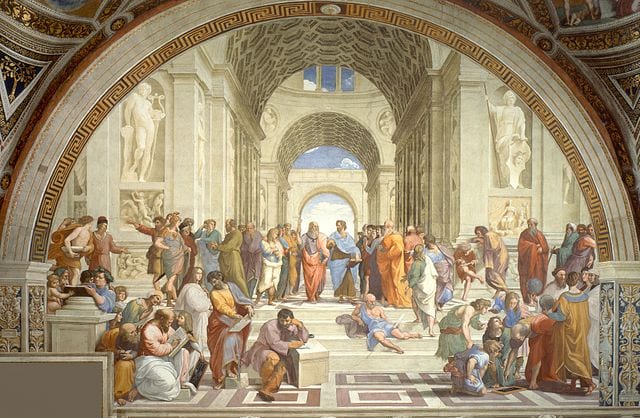
By no doubt the most famous artwork is located at the first room, that served as Pope's study and library. I'm talking about one of Raphael's masterpieces, the "School of Athens". An incredible fresco that places all of the greatest minds of antiquity into a single, perfectly-balanced scene. Some of the most prominent scientists, artists and philosophers in acient Greece along with scholars are gathered around Plato and Aristotle. Raphael also included himself in the painting – he’s the second figure from the lower right corner. Raphael died suddently at the age of 37 years old and the rooms were finalized by his students.
We passed through the Collection of Contemporary Art, which holds some interesting paintings, and sculptures by some of the most famous artists like Auguste Rodin, Vincent Van Gogh, Paul Gauguin, Emile Bernard, Marc Chagall, Salvador Dali, Pablo Picasso etc.
Our walk ended at the famous Capella Sistina. Perhaps the
most famous room in the Vatican Museums. Its frescoes - painted by some of the greatest Renaissance artists, like Michelangelo, Botticelli, Rosselli, Perugino - is breathtaking. The decoration of Capella Sistina was made in stages. At the begining, only the three walls were painted with rectangle frescos and the ceiling was depicted as a starry night.
Around 1506 some cracks were spotted at the ceiling and Pope tasked Michelangelo with the project. The ceiling frescoes were Michelangelo’s first major commissioned work and it took him four years to complete, working under difficult conditions.

The main subject of the 8,600 square foot ceiling is the "Genesis". It is divided into nine panels, each depicting a Biblically historical scene.
The most famous scene is the "Creation of Adam", showing God reaching out to touch the fingertip of Adam.
The completion of the decorations is done with the "Last Judgement" by Michelangelo, on the east wall of the Sistine Chapel. This massive fresco was started nearly 25 years after the ceiling. The artist covered two existing wall paintings in order to depict his vision of The Last Judgement, a composition that shows hell as described by Dante. Nude figures, saints and apostles surround an angry Christ, with the blessed on the left and the damned at the right. Because he depicted naked figures, the artist was accused of immorality and obscenity, just one month before his death. A censorship campaign was organized and one of Michelangelo's students was tasked to cover the naked figures. This was removed in 1994, during the restoration works along with the smoke deposits (the official site of the Vatican Museums offers a Capella Sistina virtual tour experience, just click the link below).
We stood there, among a lot of people, took a deep breath and we got lost. Again, words are not enough to describe how stunning this place is. You don't know it which direction to point your sight, the walls or the ceiling? Being so crowded (just like Raphael's Rooms) doesn't help the overall experience. The lighting and hush add to the magical moment, as temperature and huminity are being controled all the time. Loud voices and photos are not allowed (I snap some quickly with my phone).
Despite the fact that an average of 25,000 people visit the Sistine Chapel every day, it is still used for masses and, more famously, papal conclaves. The latter take place when the College of Cardinals convenes to elect a new pope upon the death or resignation of the current one.
In this magnificent place, our tour to the Vatican Museums, ended. From there you exit using the famous spiral straircase or you use the "secret door" for a direct access to St. Peter's Basilica. To be honest, this secret door is used only by groups (there is a sign) but if you want to go quickly to St. Peter's Basilica, go ahead and use it. The place is so crowded that noboby will notice it. We follow a Japanese group (and we are 100% Greeks) and nobody seemed to care. It will take you directly at Basilica's side wall and you will not have to walk around and wait in any line.
So following the "secret path" we found ourselves in St. Peter's Basilica, one of the largest churches in the world. It took 150 years to be completed and its build at the exact spot where St. Peter was killed. Inside there are hundrends of marble and bronze scalpures. The most impressive of all, and the first that you see once you enter is the "Pieta".
The "Pieta", is one of Michelangelo's masterpieces, the only one that the artist ever signed. It depicts the body of Jesus on the lap of his Mother Mary after Crucifixion. The sculptrure has survived many attacks and its showcased behind buletproof glass.
One thing that catches everyones eye - due to its size - is Bernini's "Baldacchino". It is made by bronze and it stands exactly unter the center of the dome and right above St. Peter's grave. It is a stand that only Pope can use during the mass.
We skipped climbing to the Michelangelo's dome despite the fact that the view is amazing from there. Getting to the dome you have to use the elevator until the base of the dome and then an extra narrow staircase. This staircase is so narrow that in same case you have to use a rope as extra hanlde. (if you are claustrophobic like me, DON'T even think about it).
The rain was still heavy and having nowhere else to go we stay inside the Basilica. There was a mass in progress at the time and we attended for a while. After a lot of thought, we visited the Grottos. Positioned
just below the Renaissance basilica and above Constantine’s 4th century
basilica, the grottos contain chapels dedicated to various saints and tombs of
kings, queens and popes, dating from the 10th century. The holiest place is
Peter’s tomb, containing the "memory", built in the 4th century by
the Emperor Constantine, on the spot were the Apostle’s tomb was venerated. At the first, I wasn't sure if I wanted to visit Grottos - due to my Claustrophobia - but the space allthough low-ceilinged, was very bright lighted and all the walls were painted white. Overall, there was a sense of peace and calmness. This place is the holiest place I've ever been.
Due to the rain we didn't see any Swiss Guard members nor we took a glimpse at their uniforms, designed by Michelangelo. With all the rain was difficult to walk at St. Peter's Square, that is in front of the Basilica and we took only some photos quickly. Surrounded by two semicircular colonnades, that are linked to the Church with two rectangular buildings. In total there are 284 columns on which 140 statues are placed. The Square - a work of Bernini - took 12 years to complete. On each side there is a fountain while in the center of the square stands the - 4,000 years old - Vatican Obelisk, which is derived from Nero's Hippodrome, place where St. Peter was martyred. It is said that at the base of the obelisk holds Caesar's ashes and on its top are fragments of the True Cross. The square has a great allegorical meaning, as it symbolizes the embrace of the Church.
We had planned to visit St. Angelo Castle and have lunch at Trastevere but were to tired to walk and as the rain continued, we took the Metro and returned back to the Spanish Steps.
Due to the rain we didn't see any Swiss Guard members nor we took a glimpse at their uniforms, designed by Michelangelo. With all the rain was difficult to walk at St. Peter's Square, that is in front of the Basilica and we took only some photos quickly. Surrounded by two semicircular colonnades, that are linked to the Church with two rectangular buildings. In total there are 284 columns on which 140 statues are placed. The Square - a work of Bernini - took 12 years to complete. On each side there is a fountain while in the center of the square stands the - 4,000 years old - Vatican Obelisk, which is derived from Nero's Hippodrome, place where St. Peter was martyred. It is said that at the base of the obelisk holds Caesar's ashes and on its top are fragments of the True Cross. The square has a great allegorical meaning, as it symbolizes the embrace of the Church.
We had planned to visit St. Angelo Castle and have lunch at Trastevere but were to tired to walk and as the rain continued, we took the Metro and returned back to the Spanish Steps.
We had spotted very close to our hotel a tiny Caffe that was always full of locals and people from the nearby stores, drinking coffee or eatting paninis. So we gave it a try, we sat at Il Baretto by the bar and we selected our paninis for the desplay. Everything was looking yummy and they were! After lunch we went back at the hotel to rest. At the afternoon, the rain had finally stopped and we went back to Il Baretto for our afternoon espresso. It is a great place with great coffee and delicious paninis. If you ever find yourself near the Spanish Steps, give it a try, you won't be disappointed.

Before starting our afternoon walk, I had to try Pompi's tiramisu. We had passed by this place so many times, that it was a shame not to taste its tiramisu. Almost all the Romans comes to Pompi for it's tiramisu, that they serve in 3 flavors: Classic, Strawberry and Forrest Fruits. I had a classic one but Elias prefered to skip it and go for the Sacher Torte, which he hated (honestly not a great one at all).

Before starting our afternoon walk, I had to try Pompi's tiramisu. We had passed by this place so many times, that it was a shame not to taste its tiramisu. Almost all the Romans comes to Pompi for it's tiramisu, that they serve in 3 flavors: Classic, Strawberry and Forrest Fruits. I had a classic one but Elias prefered to skip it and go for the Sacher Torte, which he hated (honestly not a great one at all).
We started walking around and window (mostly) shopping at Via Condotti, where almost all the Italian - and not only - designers have their shops.
All the Italian fashion gathered in one street. We saw almost everything! Dior, Dolce & Gabanna, Tiffany's, Miu Miu, Salvatore Ferragamo, Burberry, Armani, Prada, Giuseppe Zanotti ... In this street is located the Bvlgari flagship shop, which opened in 1905 by the creator of the "empire" Sotirios Voulgaris.
Desighner Boutiques are not the only ones that you find there, you can find stores like H&M, Nike, Zara, Intimissimi, Calzedonia and beauty stores of famous brands like Kiko Milano and Kiehl's. Don't forget to visit the accessories store Parfois, which carries a great selection of handbags, jewellery and accessories in amazing (low) prizes. You can't imagine how happy I was seeing the Disney Store on Via del Corso! Incredible, especially the stuffed animal section!
We wondered almost in all the streets of the historic center but we were unable to locate PizzaRe on via di Ripetta, because we wanted to have pizza for dinner. The second one on the pizza list was Pizza Ciro, that the hotel receptionist had suggested.
We had pizza Romana with tomoto, mozzarela, grana, olive oil and anchovies and pizza Capricciosa with tomato, mozzarela, ham, mushrooms and artichokes. We weren't amazed by the food. I prefer my pizza less juicy. The service overall wasn't much although I notice that the locals were treated better (during writing the post I've found out that this exact restaurant was closed by the Italian Police as there were information that was owned by the Mafia!).
After dinner we walked around and ended up for coctails at Salotto 42, on Piazza di Pietra, just across the street of Handrian's temple. It's a great place with nice music and beautiful decor. They serve some amazing coctails. We had Herb Gin Tonic and Perfect Martini. Although, it is located in a unique spot, prices are pretty normal. The only think I didn't like was that it was very crowded. I think it will be great at Springtime, when you can sit at the tables outside.
After some coctails, we walked up towards Piazza di Spagnia and renewed our date with Rome for the next - and final - day.
To be continued ...
You might also like
3 Days in Rome - Part 1
3 Days in Rome - Part 3: Acient Rome
You might also like
3 Days in Rome - Part 1
3 Days in Rome - Part 3: Acient Rome





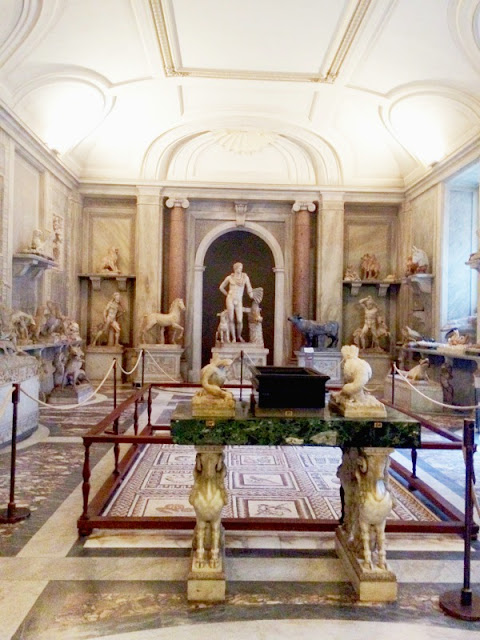
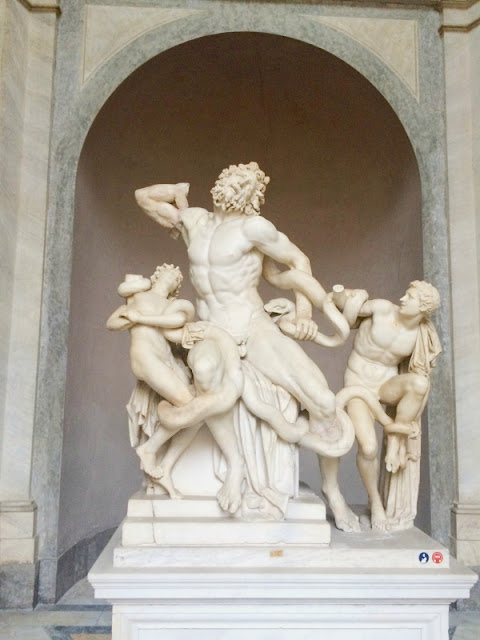






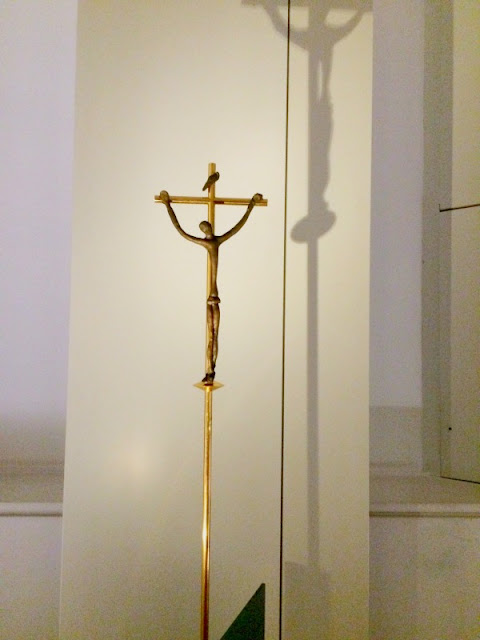


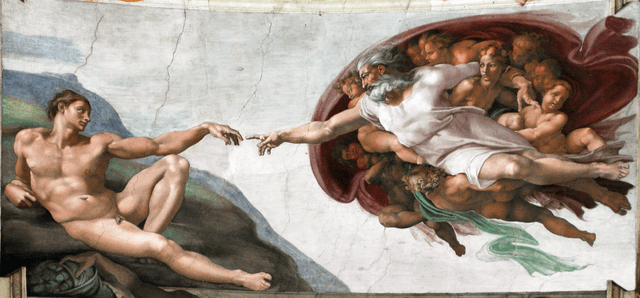


































0 σχόλια